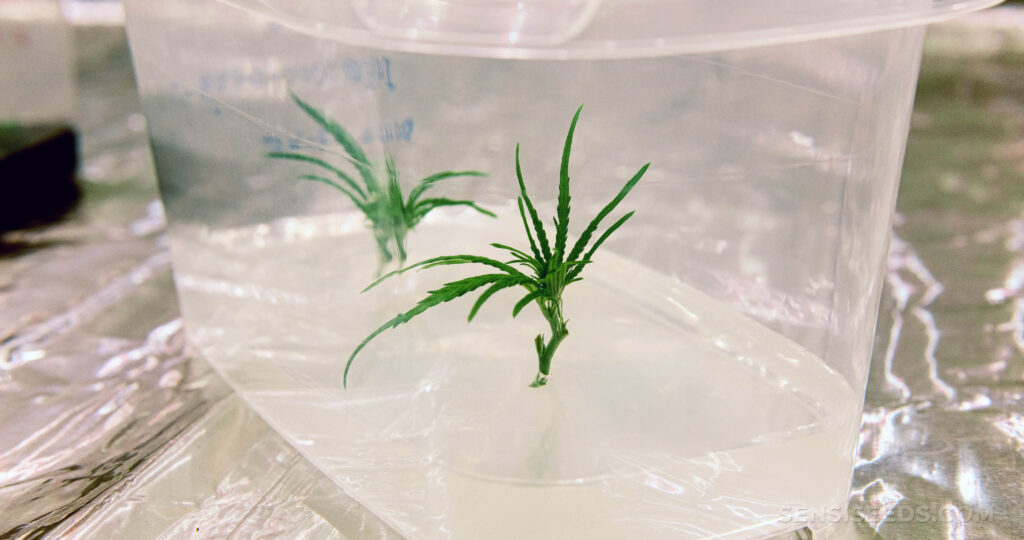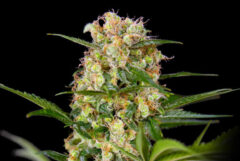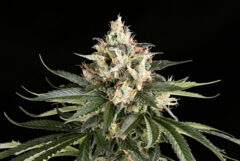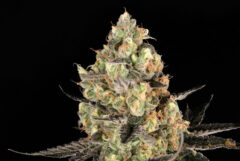With so many different strains of cannabis out there, growers are becoming more and more concerned with maintaining desirable genetics. Since no two plants will ever develop identically, cloning has long been the industry standard for preserving cannabis genes. Recent advancements, though, have given growers a new tool: Tissue culture.
What is cannabis tissue culture?
Much like cloning, cannabis tissue culture is aimed at preserving desirable cannabis genetics. Without going into too much detail, cannabis plants grown from seeds will never be identical to their parents. Just like how siblings can all have different hair colours, so too can cannabis plants express the same genes differently. This has always meant that the only way to ensure your plants are all exactly the same was to pick a mother plant and take clones from it. Until now.
Cannabis tissue culture—also known as micropropagation—achieves the same results as cloning in a faster and more easily scalable way. The basic idea is that growers can harvest extremely small parts of a cannabis plant (shoot tips, nodes, almost anything) and grow those into whole new plants which are genetically identical to the mother.
Tissue culture vs cloning
Now, that might sound an awful lot like cloning and, to be clear, it is fundamentally similar. In the end, growers will have several plants which are genetic clones of the mother however, the major difference lies in the setup and execution. Whereas traditional cloning only requires a sharp blade, a rooting sponge, and a bit of patience, tissue culture requires some laboratory-grade equipment, a perfectly sterile environment, and specialised growing media.
Cannabis tissue culture protocols are incredibly precise and growers will need to ensure complete sterilisation of plant material to prevent contamination. Additionally, it’s vital to control environmental conditions such as temperature, light, and humidity as these cultivated tissue samples are extremely susceptible to stress.
Advantages of tissue culture
If cloning is a tried and tested method that anyone can do without any specialised equipment, why would growers opt for the more complex and expensive version? While cloning and tissue culture share many of the same benefits, cannabis tissue culture has a few unique advantages that may cause growers to rethink their attitude.
1. Eliminates pests or disease
Perhaps the single largest benefit of cannabis tissue culture when compared to cloning is the process’s ability to remove pest infestations, fungal infections, or mould growth. In the unfortunate event that a mother plant or nursery is hit by an outbreak of fungus or an infestation of spider mites, it can be impossible to save the garden if things aren’t caught immediately. Even in the best-case scenario, it’s possible to lose weeks or months fighting the spread of the disease.
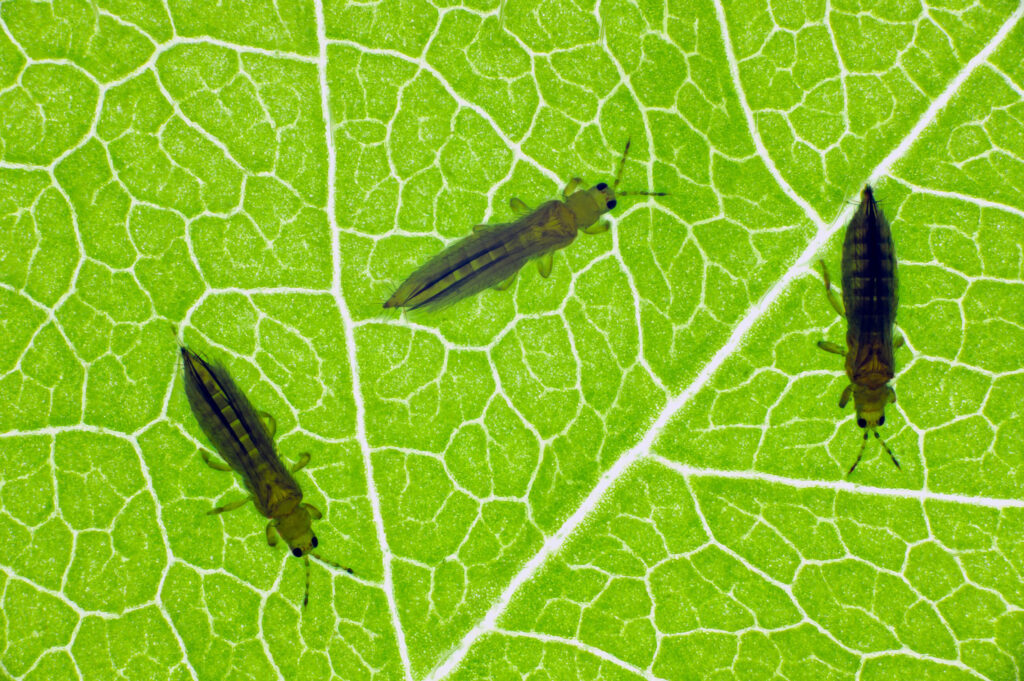
Cannabis tissue culture requires placing the tissue sample into a completely sterilised environment for an extended period. This sterilisation stage kills off anything undesirable while leaving the plant unharmed, meaning that, even in the absolute worst-case scenario, it’s possible to save prized genetics from disease.
2. Minimises stress on the mother plant.
Any time you start removing growth from a plant, it causes stress. Even basic pruning or defoliation, if taken to the extreme, can stress a plant out and lead to long-lasting problems. Taking clones from a plant is a fairly intensive process that causes the mother plant a tremendous amount of stress as dozens of small branches are cut off. Sure, these grow back, but this takes time and energy.
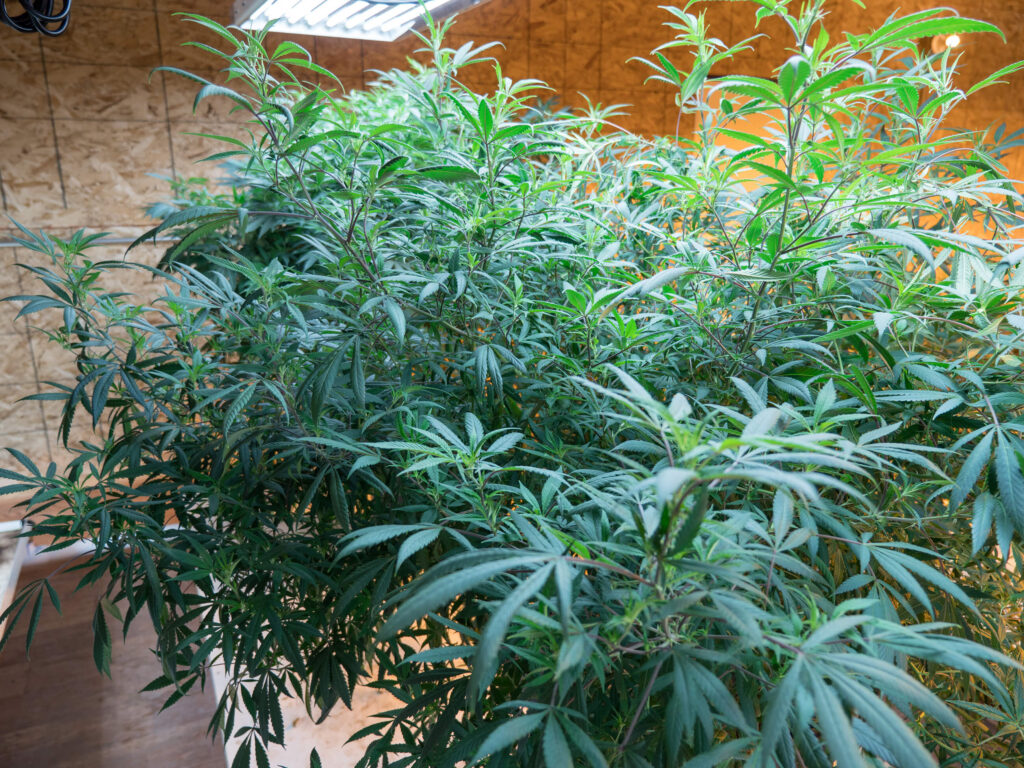
3. Creates far more plants
Since tissue culture only requires a small piece of the plant, a single mother can generate hundreds, if not thousands, of tissue samples at a time without undergoing any more stress than traditional cloning. Each of these samples can then grow into a full plant, which leads to the next point.
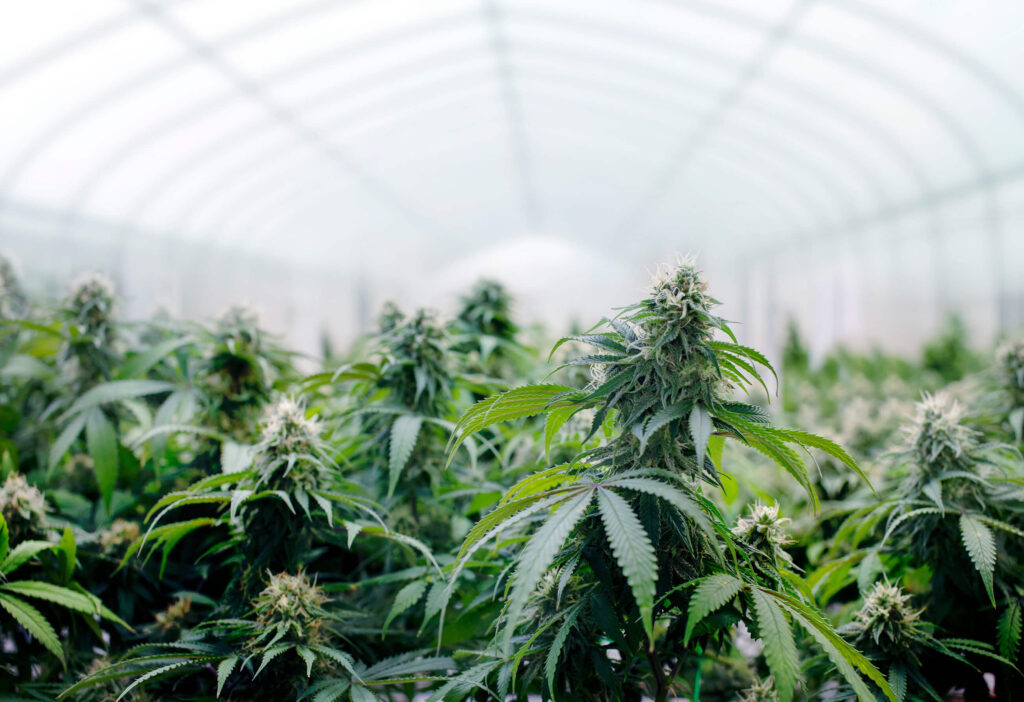
4. Requires very limited space
Traditional cloning requires a fair bit of space. Mother plants are generally large and bushy while each clone needs enough room to spread out. This means that many growers are limited not by the capacity of their mother plant to produce clones, but by the amount of space that they can dedicate to those clones. Cannabis tissue culture takes up comparatively little space and growers can easily pack dozens or even hundreds of tissue cultures into a relatively small area.
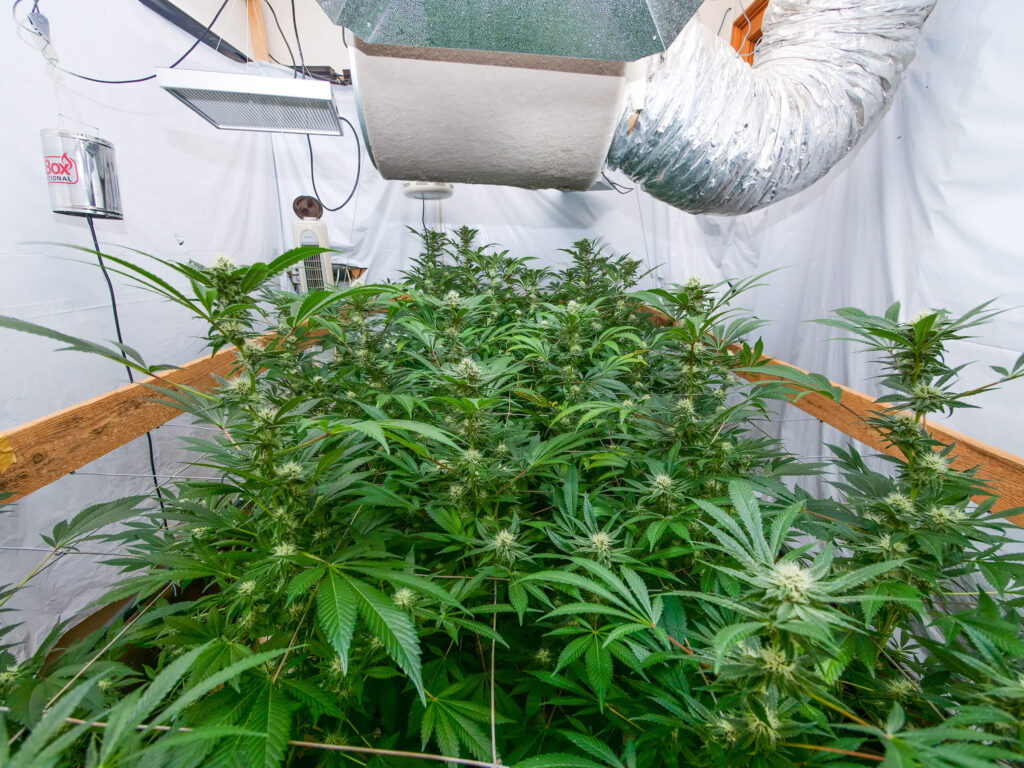
Risks of tissue culture
If tissue culture has so many benefits, why isn’t everyone doing it? Well, like anything else, these bonuses come with a few significant drawbacks that growers (especially small-scale home growers) will need to keep in mind.
1. Expensive to set up
Clones cost nothing at all beyond the dirt they need to be planted in. Tissue cultures, on the other hand, require some pretty specific and pricey equipment. If you want to do things properly, you’ll need such equipment as blades, forceps, a laminar flow hood, Petri dishes, a small burner, an autoclave, proper growth medium, precise environmental controls and more. If that sounds like a lot, it is. While many of these things can be improvised at home, the extra time, effort, and resources may simply not be worth it.
2. Requires a high degree of expertise
While anyone can learn how to perform proper tissue cultures, the learning curve is far steeper than traditional cloning; after all, people get entire degrees in this field. There’s very little room for error here, and many growers may find the exacting precision to be a bit of a turn-off.
3. It’s labour-intensive
Beyond the cost and skill requirements, tissue culture is also a time-consuming and difficult task. With such little room for error, managing tissue cultures can quickly become a full-time job, particularly if you’re interested in producing hundreds of clones as quickly as possible.
How does cannabis tissue culture work?
Now that we’ve got all of that out of the way, how does cannabis tissue culture actually work? Broadly speaking, the process can be broken down into four main steps: cultivation, sterilisation, rooting, and acclimatisation.
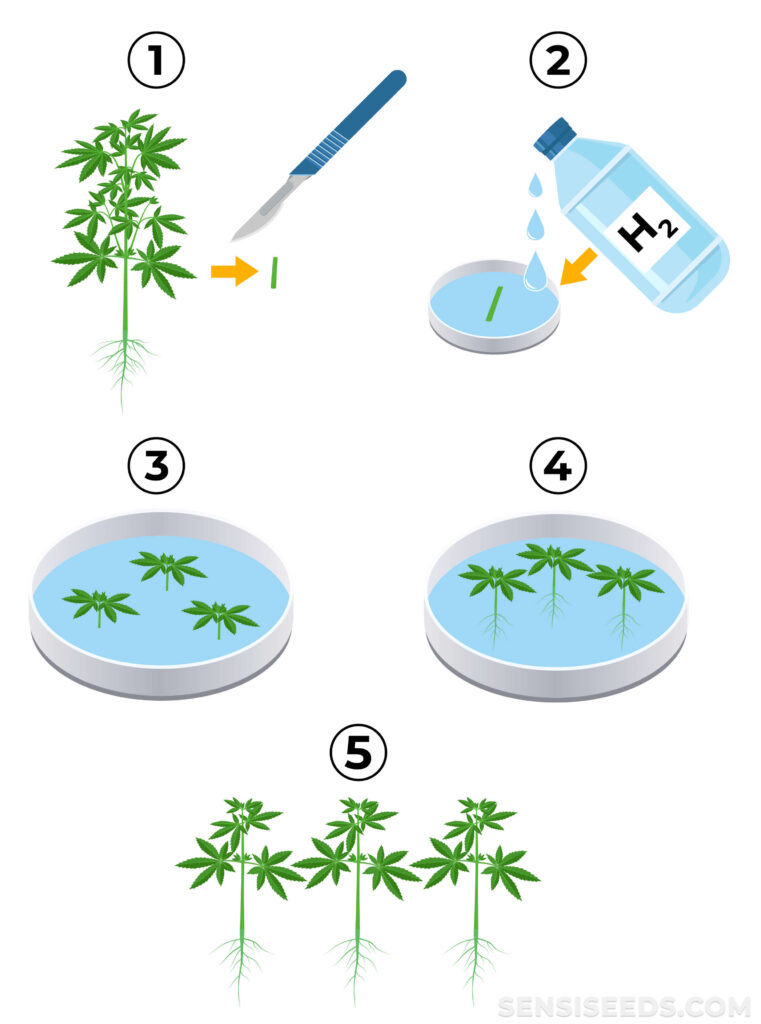
1. Cultivation
The very first step of cannabis tissue culture protocols is picking which parts of the plant to sample. While traditional clones require an entire branch, tissue cultures can be taken from any healthy piece of plant tissue, such as a shoot tip, meristem, or node. This will serve as the basis for the new plant, so this section needs to be as healthy as possible.
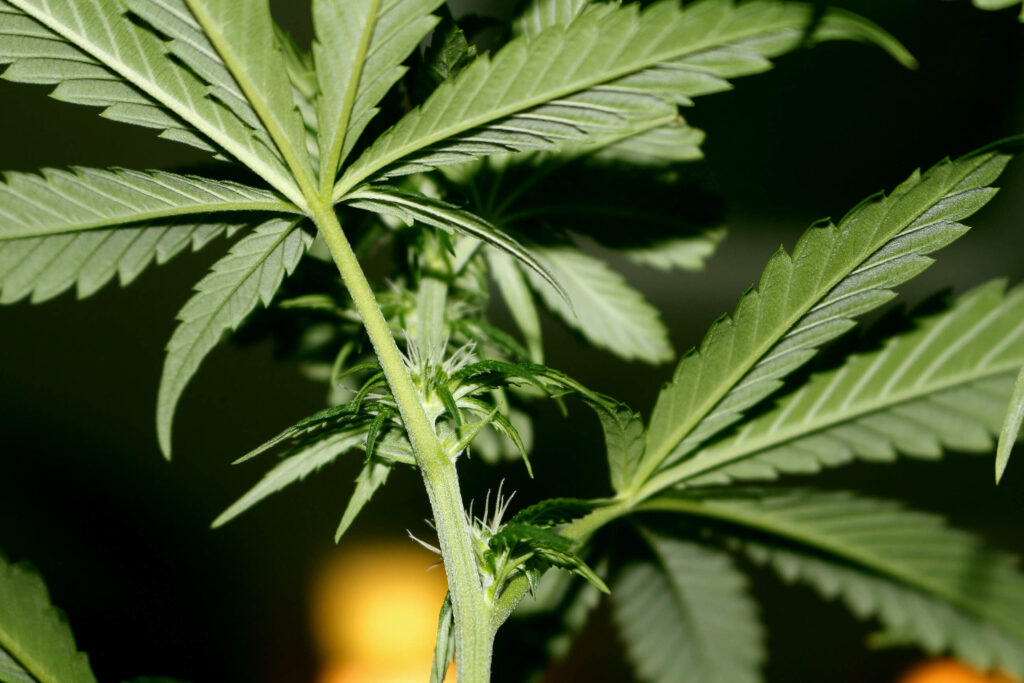
2. Sterilisation
At this point, the tissue cultures (now referred to as “explants”) contain several living microbes, pathogens, and symbiotes. Therefore, it’s vital to first sterilise the sample to ensure healthy growth. This is done by placing the explants into a combination of sterilising chemicals such as ethanol, hydrogen peroxide, or bleach diluted to specific concentrations. These are then soaked for some time (depending on the chemicals being used) and then washed with distilled water.
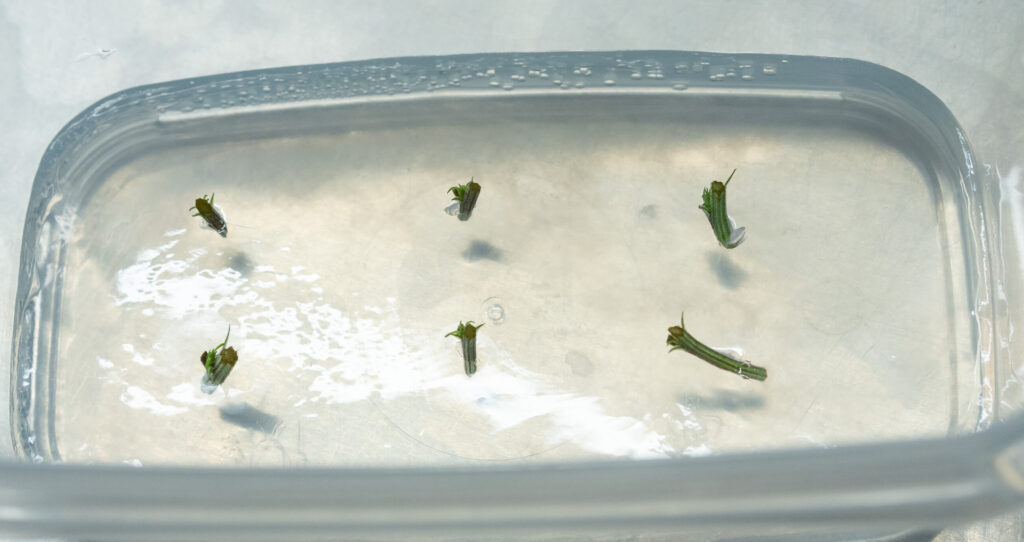
This is the most important step of the entire process and must be done in a completely sterile environment. This is where many of the extra tools, such as the laminar flow hood, are required. Don’t just think that you can do this in your kitchen, you’ll need a clean room.
3. Multiplication
This is the stage where a single plant sample is transformed into several genetically identical copies. After sterilising the explants, the clean tissue is placed directly into a nutrient-rich medium containing plant hormones, such as cytokinins, which encourage the tissue to produce multiple new shoots.

These new shoots are each exact copies of the original plant (very much like traditional cloning), and each one can be divided and moved into fresh media to multiply even further. Typically, this process is repeated several times, which can allow growers to generate dozens (or even hundreds) of clones from a single sample.
This stage is of particular value for preserving rare genetics or for rapidly expanding a supply of prized plants. It can help to minimise the need for keeping large mother plants, saving space and resources. The key to success here is maintaining a sterile environment and using the right hormone balance to ensure consistent, healthy growth of new shoots.
4. Rooting
Once the explants have been sterilised, it’s time to root them. This isn’t like rooting clones, where you just plant them into a sponge and spray with water. No, this—again—requires specialised equipment and procedures.

The tissue cultures are placed into a nutrient-rich mixture which contains essential minerals, vitamins, sugars, and plant hormones such as cytokinins to encourage shoot development and auxins to stimulate root formation. The tissue cultures are then sealed and left for several weeks until they eventually begin to develop roots.
5. Acclimatisation
Just because explants have rooted doesn’t mean that they’re ready to be planted quite yet. The final step is to acclimatise them to their new environment. Until now, these new plants have been grown in climate-controlled and sterile environments, which means that they simply aren’t ready for the “real world” yet.
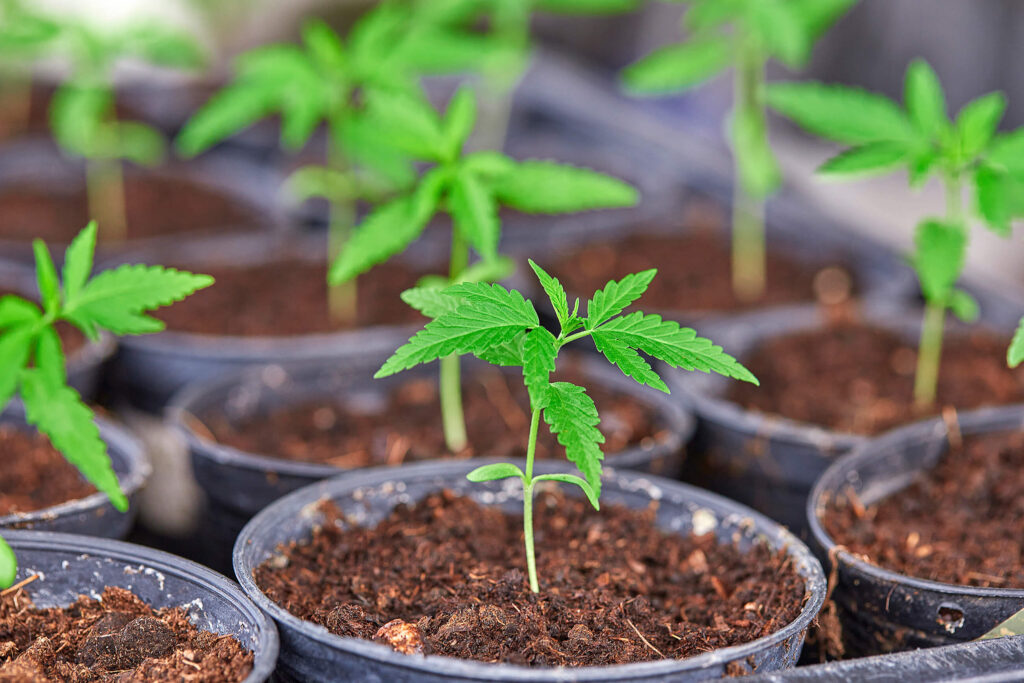
The explants will need to be transplanted to pots with a growing medium (soil, coco coir) and placed in a high-humidity environment to replicate the sterile conditions they’ve become accustomed to. Over time, the humidity is gradually reduced while light intensity and airflow are increased to help the plants adapt to their new environment. Once acclimated, the plants can be moved to the grow room and proper vegetation can begin.
Throughout this entire process, it’s absolutely imperative that careful attention is paid to things like temperature, light level, humidity, and more, as even a small deviation can cause the tissue cultures to fail, ruining all of your hard work.
Can I perform cannabis tissue culture at home?
If you’ve read the whole article up to this point, you may be asking if this is even the kind of thing that can be done at home. The long answer is “yes” with an “if” and the short answer is “no” with a “but”.

Yes, you can perform cannabis tissue culture at home if you have access to a completely sterile environment, some lab-grade equipment (as well as the knowledge and skills to use it), and the time and effort required to see the entire process through. Cannabis tissue culture isn’t for the faint-hearted, but those who can pull it off are sure to be pleased with the results.
On the other hand, no, you probably shouldn’t use tissue cultivation as a small-scale home grower, but traditional cloning is just as effective, simpler, and cheaper if you’re only concerned with growing a few plants at a time.
Take it to the next level
Of course, all of this only scratches the surface. Cannabis tissue culture is a complicated and potentially expensive endeavour that shouldn’t be taken lightly. However, if you have the time, dedication, skills, and resources, it could be exactly what you need to step up your propagation game and start outputting more clones than ever before.
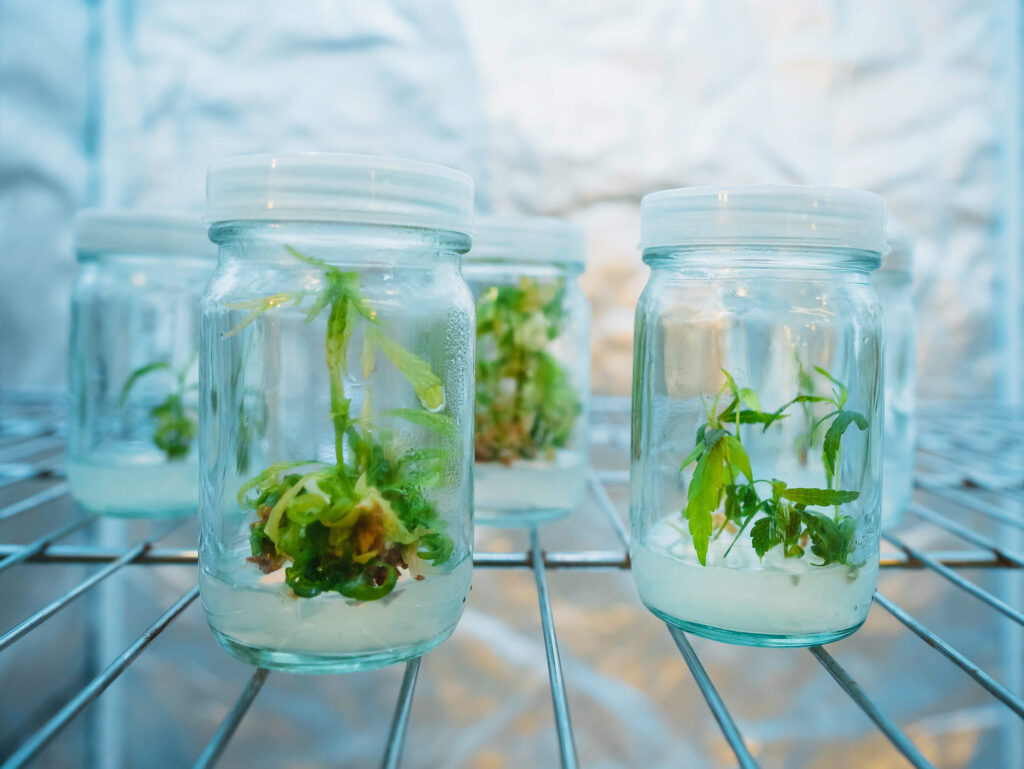
- Disclaimer:Laws and regulations regarding cannabis cultivation differ from country to country. Sensi Seeds therefore strongly advises you to check your local laws and regulations. Do not act in conflict with the law.






